In this post, I’ll be delving into the fierce competition between two tire giants: Firestone vs Pirelli.
We’ll explore their rich histories, analyze their performances in dry, wet, and snow conditions, dissect their mileage warranties, determine their average lifespan, and even scrutinize their prices.
By weighing the pros and cons, we’ll ultimately uncover which brand reigns supreme.
Get ready to embark on a thrilling ride through the world of tires.
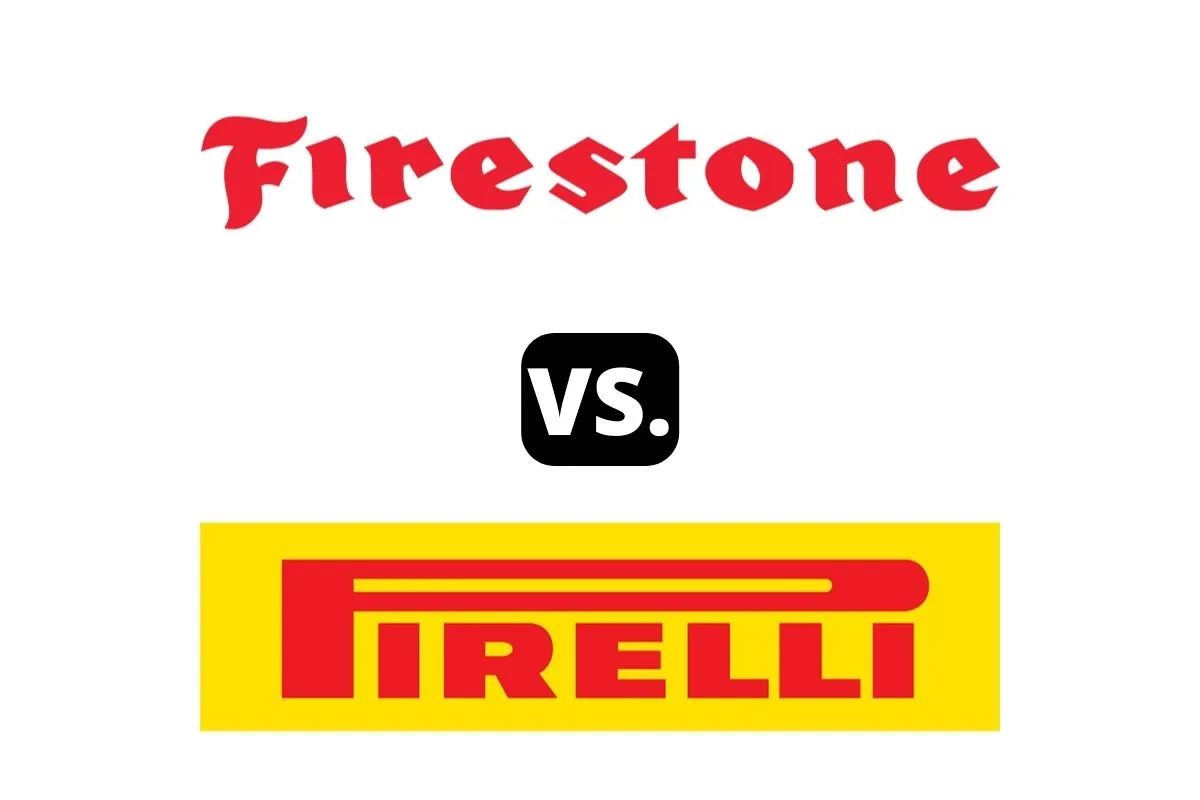
Firestone vs Pirelli – Comparison Table
| Firestone | Pirelli | |
| Country of Origin | United States | Italy |
| Year Founded | 1900 | 1872 |
| Made In | United States, Vietnam, Brazil, Canada, and Costa Rica | Rome, GA, Hanford, CA, Madison, TN, or internationally in Brazil, Mexico, Romania, or Venezuela |
| Parent | Bridgestone Corporation (Japan) | Pirelli & C. S.p.A. (Italy) |
About the Brands

1. Firestone
Firestone is an iconic American tire brand that traces its roots back to 1900 when it was founded in the United States.
The company quickly gained recognition for its high-quality tires, becoming a leading player in the industry.
Throughout its history, Firestone has been committed to innovation and performance.
In 1988, Firestone became a subsidiary of the Bridgestone Corporation, a Japanese multinational company.
This acquisition allowed Firestone to benefit from Bridgestone’s global reach and technological advancements.
Over the years, Firestone has continued to thrive under Bridgestone’s ownership, leveraging its expertise and resources to maintain its position as a trusted tire brand.
Today, Firestone offers a wide range of tires for various vehicles, including passenger cars, trucks, SUVs, and commercial vehicles.
With a rich heritage and a legacy of excellence, Firestone remains a prominent name in the tire industry.
Mostly Known for Manufacturing Tires For:
- Passenger cars
- Trucks
- SUVs (Sport Utility Vehicles)
- Vans
- Light trucks
- Medium trucks
- Buses
2. Pirelli
Pirelli, an iconic tire brand, was founded in Italy in 1872.
Originally named “G.B. Pirelli & C.”, the company started as a small rubber goods factory in Milan.
With a vision for innovation, Pirelli quickly expanded its operations and began producing bicycle tires.
In 1901, Pirelli introduced its first automobile tire, marking a significant milestone in its history.
Over the years, Pirelli continued to grow and diversify its product range, becoming a renowned global leader in the tire industry.
The brand’s commitment to cutting-edge technology and high-performance tires earned it a reputation for excellence.
Pirelli tires were even chosen as the official tires for the Formula One World Championship, showcasing their unparalleled performance on the racetrack.
Today, Pirelli is a subsidiary of Pirelli & C. S.p.A., headquartered in Italy.
The company remains dedicated to pushing the boundaries of tire technology, constantly innovating to meet the evolving needs of drivers worldwide.
With a rich heritage spanning over 150 years, Pirelli continues to be synonymous with quality, performance, and Italian craftsmanship.
Mostly Known for Manufacturing Tires For:
- Passenger cars
- SUVs (Sport Utility Vehicles)
- Light trucks
Differences
1. Dry Performance
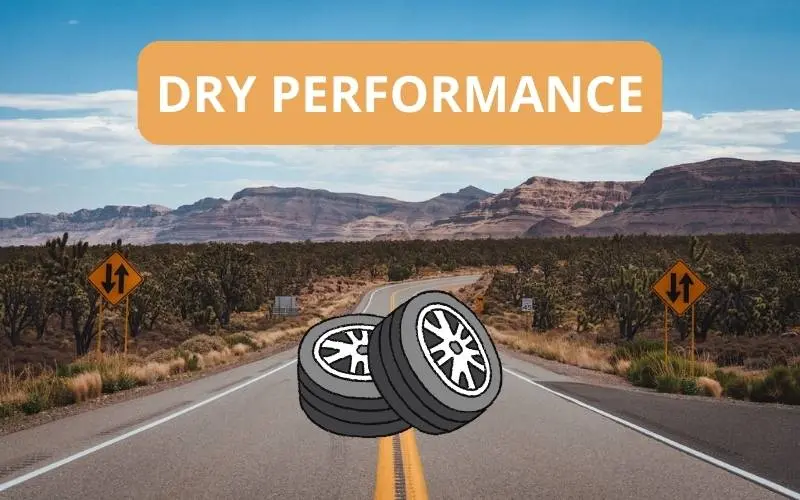
I’m going to compare the performance of two summer tires as they are the ideal type in dry weather.
I’m taking a look at the Firestone Firehawk Indy 500 vs the Pirelli P Zero.
As someone who has extensively researched and personally evaluated the dry performance of both the Firestone Firehawk Indy 500 and Pirelli P Zero tires, I rate the Firehawk Indy 500 with a solid 4.5 out of 5.
This tire has impressed me with its exceptional handling, responsive steering, excellent grip, stability, and overall comfort.
It incorporates innovative features like a new tread compound and wide shoulder blocks, showcasing its ability to deliver both performance and comfort.
On the other hand, the Pirelli P Zero exhibits precise handling, outstanding dry grip, and a sporty design, earning a commendable 4.3 rating.
However, due to their comparable levels of dry performance, I declare this comparison a tie.
2. Wet Performance
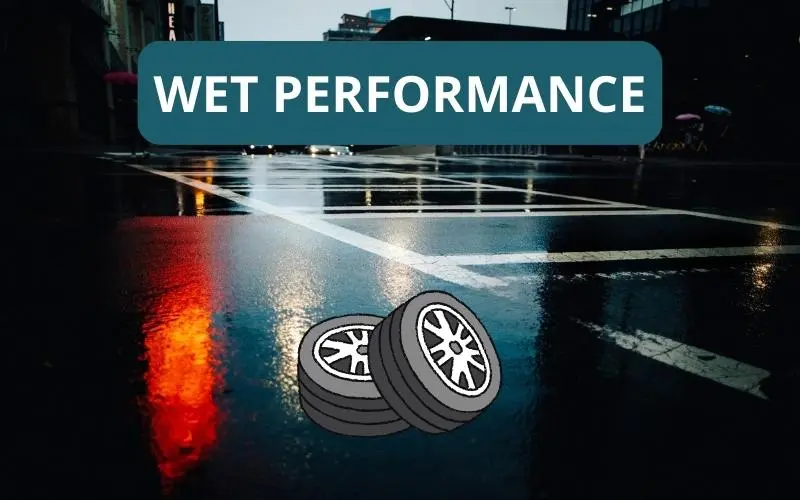
For the wet performance, I’ll be comparing the Firestone WeatherGrip vs the Pirelli P Zero All Season Plus.
In my evaluation of the Firestone WeatherGrip and the Pirelli P Zero All Season Plus tires, I rate the Firestone WeatherGrip’s wet performance at 4.3 out of 5.
Its features like shorter braking distances and resistance to hydroplaning indicate good wet traction.
The tire’s design elements, including open shoulder slots, enhance its hydroplaning resistance.
On the other hand, the Pirelli P Zero All Season Plus receives a wet performance rating of 4.5 out of 5.
It offers excellent all-season traction and solid control on wet roads.
Considering both ratings, the Pirelli P Zero All Season Plus slightly outperforms the Firestone WeatherGrip in wet conditions.
3. Snow Performance
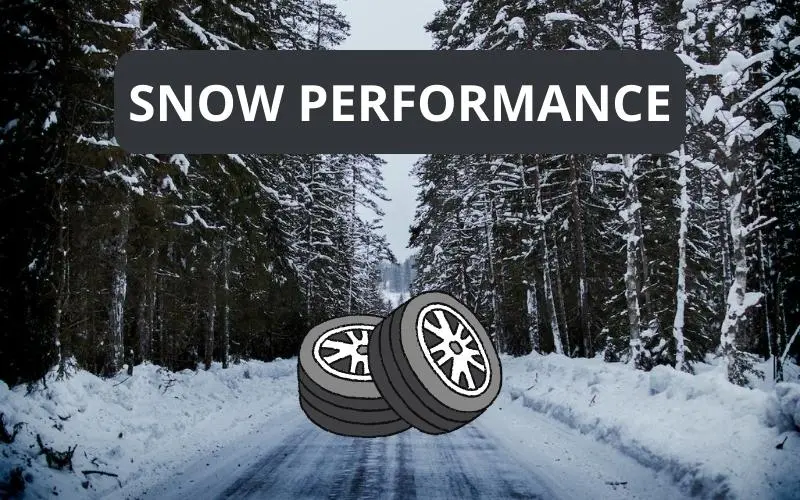
We all know that you need dedicated winter tires if you’re going to be driving on harsh winter conditions.
That’s why I’ll be comparing the snow performance of two specialized winter tires – Firestone Winterforce 2 vs Pirelli Winter Sottozero 3.
As someone who has personally evaluated snow performance, I would rate the Firestone Winterforce 2 tire at 4.5 out of 5 and the Pirelli Winter Sottozero 3 tire at 4.6 out of 5.
Both tires demonstrate commendable snow performance, with features designed to enhance traction and grip on snowy and icy surfaces.
While the Pirelli Winter Sottozero 3 offers excellent handling and traction in various wintry conditions, the Firestone Winterforce 2 boasts a reliable cold weather compound with open shoulder slots and sipes for improved grip.
With such close ratings, it’s safe to say that both tires offer comparable snow performance, resulting in a tie.
4. Mileage Warranty and Tread Life
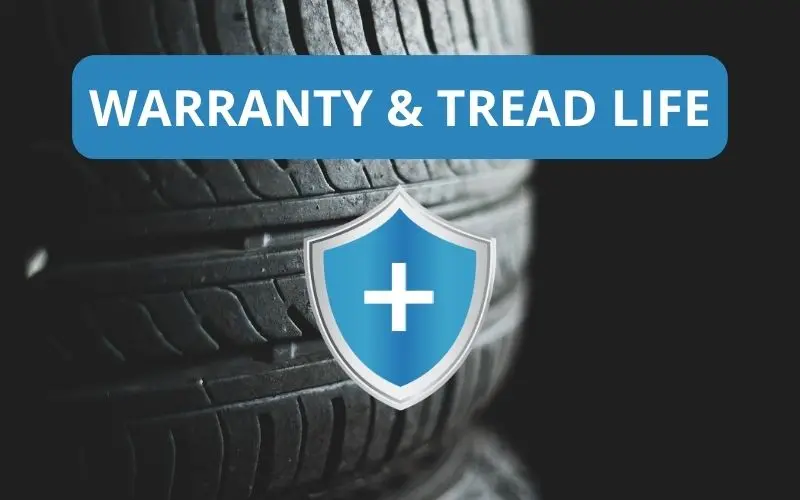
| Firestone | Pirelli | |
| Treadwear Warranty | up to 55,000 miles tread life warranty | up to 65,000 miles tread life warranty |
| Average Tread Life | Firestone tires are expected to last anywhere between 40,000 to 60,000 miles on average. | Pirelli offers a range of tire models, with most lasting between 45,000 to 65,000 miles. |
After conducting research on Firestone and Pirelli tires, I found that the treadwear warranty for Firestone tires is up to 55,000 miles, while Pirelli tires offer a warranty of up to 65,000 miles.
On average, Firestone tires tend to last between 40,000 to 60,000 miles, while Pirelli tires have a lifespan ranging from 45,000 to 65,000 miles.
Therefore, Pirelli tires generally offer a slightly better mileage warranty and average lifespan compared to Firestone tires.
5. Prices
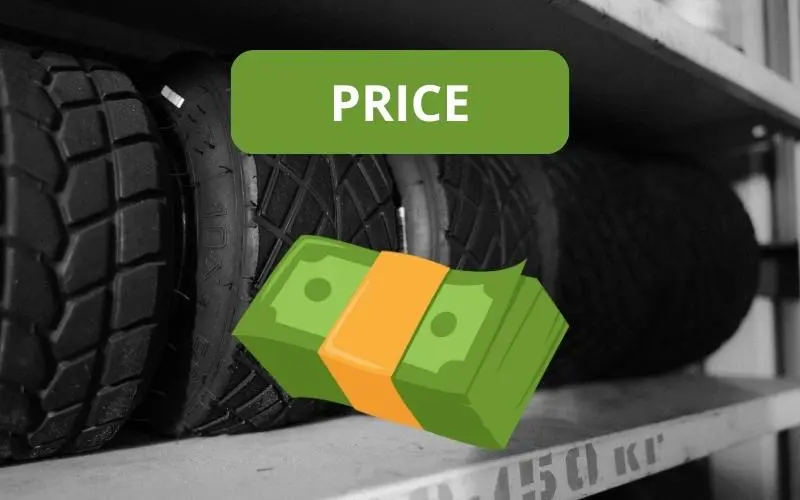
In this section, I’ll be taking a look at the price ranges of both tire brands – Firestone vs Pirelli.
I’ll be using one of the biggest tire and wheel retailers in the US for this comparison – Discount Tire.
Here is a comprehensive table that showcases each brand has to offer:
| Firestone | Pirelli | |
| Average Price Range (Discount Tire) | $82 to $603 /ea | $85 to $1,665 /ea |
| Cheapest Tire (Discount Tire) | FT140 goes from $82 – $170 /ea | Cinturato Winter goes from $85 – $145 /ea |
| Most Expensive Tire (Discount Tire) | Destination M/T 2 goes from $229 – $603 /ea | P Zero Corsa PZC4 goes from $339 – $1,665 /ea |
6. Pros and Cons
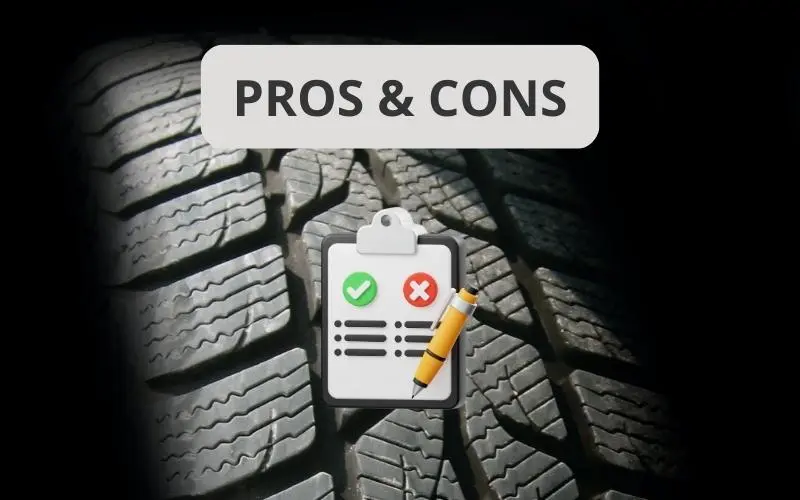
Firestone
| Pros | Cons |
| ✔ Firestone tires have good performance | ❌ Their shop is very expensive and they might try and sell you unnecessary services/things |
| ✔ Wide availability | |
| ✔ Good option for those who live in areas with harsh winter conditions |
Pirelli
| Pros | Cons |
| ✔ Pirelli is the exclusive tire supplier for Formula 1 | ❌ Some of their tires can get crazy expensive |
| ✔ Pirelli have an overall decent lifespan of their tires | |
| ✔ Innovative technology, such as the EverGrip technology |
7. Popular Tires

Here are some notable tires from Firestone:
- Destination LE3
- Firehawk Indy 500
- WeatherGrip
Some of Pirelli’s best tires are shown below:
- P Zero
- Cinturato P7 All Season Plus
- Scorpion Verde All Season Plus
Which Is the Better Brand Overall?

After carefully considering the key takeaways, it’s clear that both Firestone and Pirelli offer great tires with impressive performance in various conditions.
While Firestone excels in dry performance and offers good options for harsh winter conditions, Pirelli stands out in wet performance and has a slight edge in overall mileage warranty and lifespan.
However, considering all factors, I declare this comparison a tie.
Ultimately, the better pick between Firestone and Pirelli would depend on individual preferences, specific needs, and budget constraints.